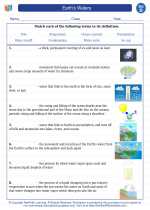Steel
Steel is a type of alloy, which is a combination of iron and carbon. It is one of the most commonly used materials in the world due to its strength, durability, and versatility.
Composition
Steel is primarily composed of iron and carbon, with the carbon content typically ranging from 0.2% to 2.1%. In addition to iron and carbon, steel may also contain other elements such as manganese, phosphorus, sulfur, and silicon, which can influence its properties.
Properties
Steel has several important properties that make it valuable for a wide range of applications:
- Strength: Steel is known for its high tensile strength, making it suitable for construction, machinery, and tools.
- Durability: Steel is highly resistant to wear and corrosion, making it a long-lasting material.
- Malleability: Steel can be easily shaped and formed without losing its strength, allowing for the production of various shapes and structures.
- Ductility: Steel can be stretched or bent without breaking, allowing for flexibility in design and usage.
- Conductivity: Some types of steel have good electrical conductivity, making them suitable for electrical applications.
Types of Steel
There are several different types of steel, each with its own specific properties and uses:
- Carbon Steel: Contains varying amounts of carbon and is widely used in construction and manufacturing.
- Alloy Steel: Contains additional alloying elements such as manganese, nickel, and chromium to enhance specific properties.
- Stainless Steel: Contains chromium, which provides excellent corrosion resistance, making it suitable for utensils, appliances, and construction.
- Tool Steel: Designed for making tools and cutting implements, with high hardness and wear resistance.
Uses
Steel is used in a diverse range of applications, including:
- Construction of buildings, bridges, and infrastructure
- Manufacturing of machinery, vehicles, and tools
- Production of household appliances and kitchenware
- Fabrication of pipelines, containers, and storage tanks
- Medical equipment and surgical instruments
Study Guide
To study steel effectively, consider the following questions:
- What are the main components of steel?
- How does the carbon content affect the properties of steel?
- What are the key properties of steel that make it valuable for various applications?
- What are the different types of steel and their specific uses?
- What are the environmental and economic benefits of using steel?
By understanding the composition, properties, types, and uses of steel, you will gain a comprehensive knowledge of this important material.
.◂Science Worksheets and Study Guides Fourth Grade. Earth's Waters

 Worksheet/Answer key
Worksheet/Answer key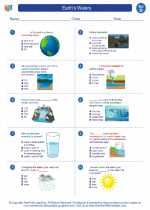
 Worksheet/Answer key
Worksheet/Answer key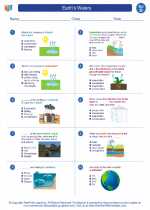
 Worksheet/Answer key
Worksheet/Answer key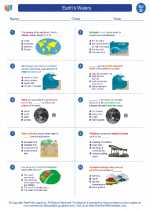
 Vocabulary/Answer key
Vocabulary/Answer key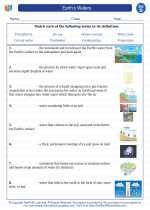
 Vocabulary/Answer key
Vocabulary/Answer key